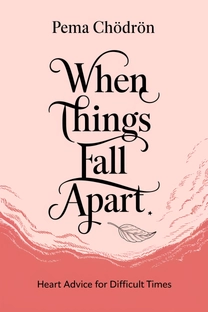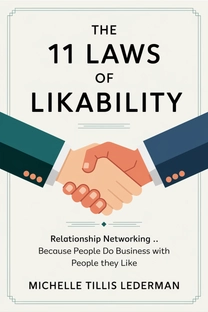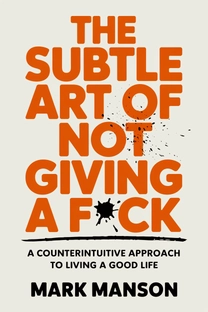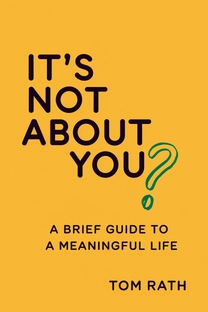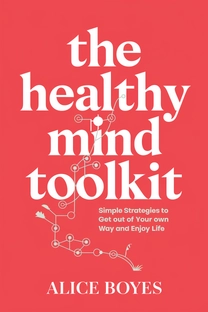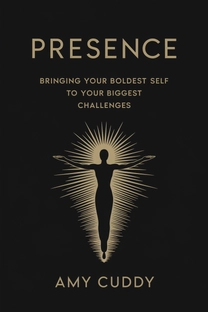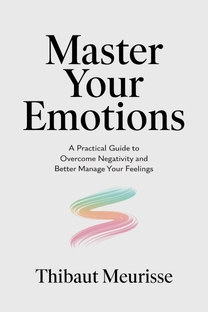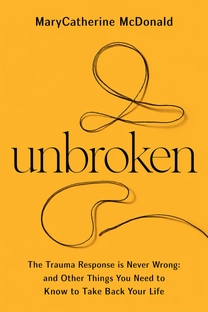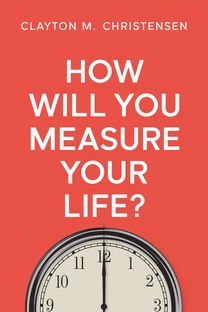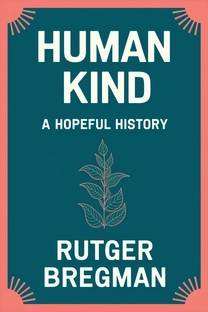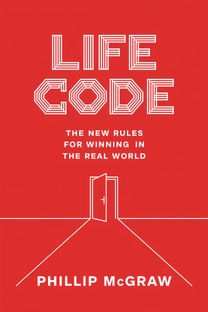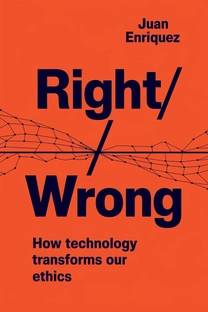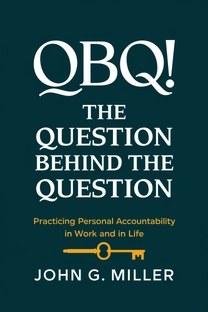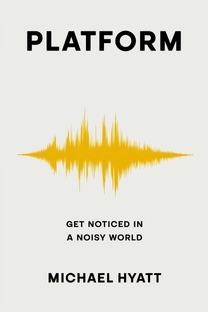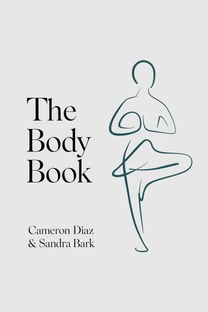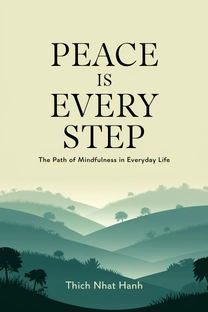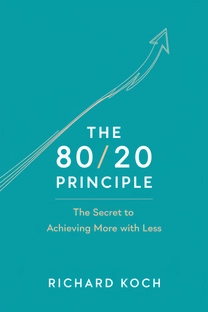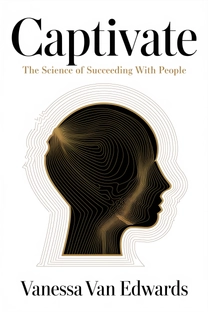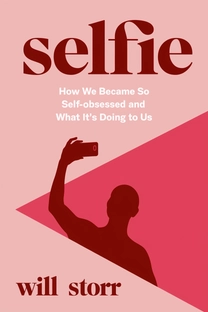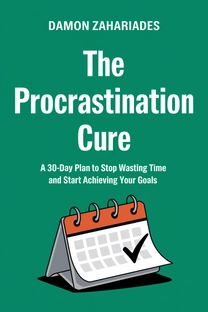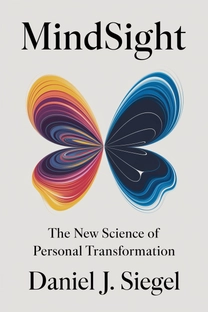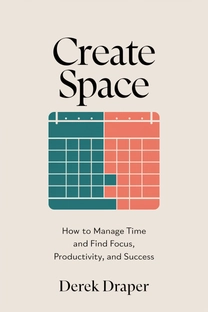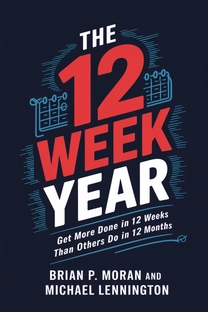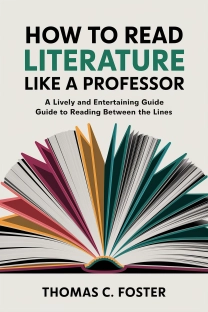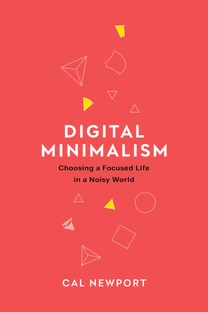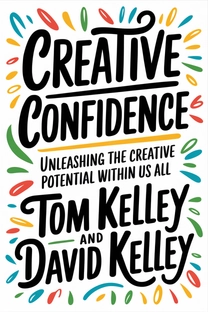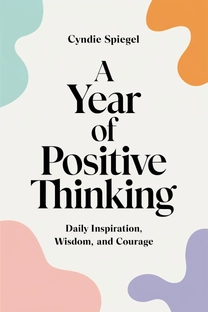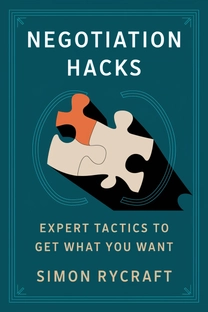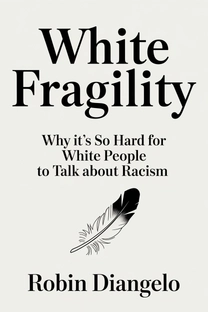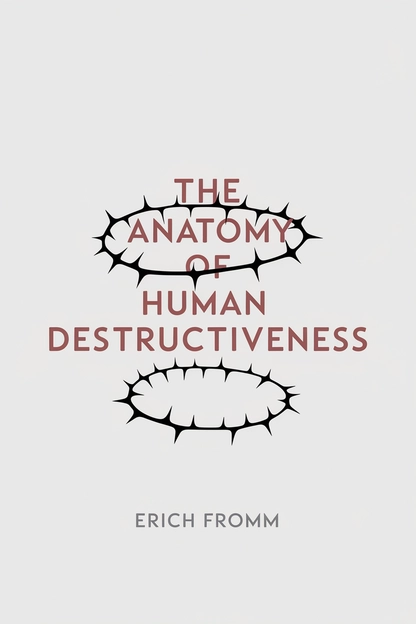
The Anatomy of Human Destructiveness
by Erich Fromm
Brief overview
This book explores the roots and expressions of human destructiveness, from biological explanations to psychoanalytic perspectives. It delves into aggression, sadism, and necrophilia, illustrating how these destructive drives find their origins and evolve through personal and cultural forces. Readers will discover a thought-provoking analysis of historical figures like Hitler and Himmler, combined with broader insights into human psychology and responsibility.
Introduction
Why do people destroy, hurt, or even find satisfaction in harmful acts? This question has fascinated thinkers who seek to understand human violence and aggression. In this exploration, you are invited to look beyond simple slogans and examine how biology, environment, and personal development shape our destructive tendencies.
In many traditions, humans are believed to be guided by a struggle between good and evil forces. But are these forces purely instinctual, or do they grow from our social structures and personal histories? By diving into different perspectives—instinct theories, behaviorism, and psychoanalysis—we see how each framework attempts to make sense of our darker impulses.
This summary also places a spotlight on historical figures—like Hitler and Himmler—whose extreme destructiveness offers lessons about the hidden, complex roots of cruelty. At the same time, we discover how an honest look at human aggression can unlock new ways of cultivating compassion and responsible action.
Ready to begin? Let’s step into a conversation that merges science and history with a close look at human motivations, pushing us to question how each of us might transcend destructive forces in our own lives.
Instinct Theories: Lorenz and Freud
Konrad Lorenz viewed aggression as a built-in survival tool, carried over from our animal ancestors to help preserve the species. He saw it like a pressure that must be released. Ultimately, when it overflows, violence erupts—even if it lacks a direct reason. From caged birds to humans under stress, Lorenz argued that aggression is ever-present and must find an outlet.
In contrast, Sigmund Freud initially focused on sexuality as the prime force in human behavior. Yet, after witnessing the chaos of World War I, he refashioned his concepts to include the 'death instinct'—a drive that pushes us to destroy ourselves or others. Freud opened the door to a broader reflection on the hidden forces that tug at our lives—often beyond our awareness.
Both Lorenz and Freud underscored the intensity of human aggression, but arrived at it from quite different angles. Lorenz rooted it in evolutionary survival, while Freud traced it to conflicting inner impulses. Today, these views spark crucial debates about whether violence comes primarily from nature or from the storms within every individual psyche.
Keep in mind that while instincts can be powerful forces, critics of each approach caution that social and cultural factors cannot be easily separated. This sets the stage for exploring behaviorism next, and how it interprets aggression in a more environmental light.
What is The Anatomy of Human Destructiveness about?
The Anatomy of Human Destructiveness by Erich Fromm is a profound examination of the roots and dynamics of human destructiveness, bringing together diverse strands of analysis from biology, psychology, and cultural studies. The book delves into the complex motivations behind destructive behaviors such as aggression, sadism, and necrophilia, offering a rich tapestry of insights into how these traits manifest in individuals and societies. By dissecting historical figures and exploring various psychological theories, Fromm dares readers to confront the uncomfortable realities of the human psyche.
Fromm challenges the notion that human aggression is purely instinctual, presenting an argument that weaves together instinctual theories and psychoanalytic perspectives while shining a spotlight on the social constructs that fan the flames of destructiveness. His exploration is neither simplistic nor fatalistic; instead, it encourages a broader understanding of how personal and societal forces intersect to influence destructive tendencies. This book stands as a critical tool for comprehending the psychological conditions of violence, urging a reconsideration of how we, as a society, navigate and mitigate these destructive impulses.
With these insights, The Anatomy of Human Destructiveness not only guides readers to a deeper understanding of the psychological underpinnings of violence but also arms them with the perspective needed to foster compassion and responsibility in the face of our darker instincts. By integrating historical insights with modern psychological theories, this book remains an essential read for anyone seeking to understand the multifaceted nature of human aggression and its consequences.
Review of The Anatomy of Human Destructiveness
Erich Fromm's The Anatomy of Human Destructiveness is a meticulous exploration of the psychological dimensions underpinning human violence. One of the book's standout strengths is its capacity to weave together instinctual theories, behaviorism, and psychoanalysis into a cohesive narrative that unravels the intricate threads of aggression. Fromm's intellectual rigor, coupled with his ability to balance scientific inquiry with philosophical analysis, makes this work both profound and accessible to a diverse range of readers.
The book is particularly compelling in its examination of historical figures such as Hitler and Himmler, whose destructiveness serves as case studies for Sadism and Necrophilia, illuminating the potential for extreme human behavior. Fromm's incisive analysis is reinforced by an exploration of environmental and cultural influences, urging readers to contemplate not just the personal, but also the collective responsibility we bear in shaping aggressive behavior. The narrative convincingly underscores how defensive aggression, often innate, differs from the malignant aggression that springs from sadistic and necrophiliac tendencies.
Fromm writes with a style that is both scholarly and engaging, guiding readers through complex ideas with clarity. The language is thoughtful, avoiding academic jargon while still addressing the nuance of psychoanalytic theory. This book speaks not only to psychologists and historians but also to anyone intrigued by the perennial question of why humans are driven to destruction. Whether you're a seasoned academic or simply a curious mind, The Anatomy of Human Destructiveness promises to deepen your understanding of human nature, earning a strong recommendation for those pursuing insights into our darkest inclinations.
Who should read The Anatomy of Human Destructiveness?
- **Psychologists and Mental Health Professionals:** This book offers a deep dive into psychoanalytic theories that are pertinent to understanding human aggression and violence, providing valuable insights for therapeutic settings.
- **Historians and Sociologists:** Fromm's detailed analysis of historical figures, combined with social and cultural commentary, makes it essential reading for those studying the sociopolitical dimensions of human behavior.
- **Students and Academics in Behavioral Sciences:** The book serves as a critical resource for students and scholars interested in the interplay between human psychology and societal structures.
- **Human Rights Advocates:** For individuals working on social justice and violence prevention, Fromm's exploration of the roots of aggression informs approaches to cultivating cooperative and peaceful communities.
- **Curious Readers of Human Nature:** For any reader intrigued by what drives human destructiveness, this book breaks down complex ideas into accessible discussions that resonate beyond academic circles.
About the author
Book summaries like The Anatomy of Human Destructiveness
Why readers love Mindleap
10-Minute Book Insights
Get the core ideas from the world's best books in just 10 minutes of reading or listening.
Curated For You
Discover your next favorite book with personalized recommendations based on your interests.
AI Book ExpertNew
Chat with our AI to help find the best book for you and your goals.
Reviews of MindLeap
Love how I can get the key ideas from books in just 15 minutes! Perfect for my busy schedule and helps me decide which books to read in full.
Alex R.
The summaries are incredibly well-written and the audio feature is perfect for my commute. Such a time-saver!
Jessica M.
Great app for personal growth. The insights are clear and actionable, and I love how they capture the essence of each book.
Chris P.
The app is beautifully designed and the summaries are top-notch. Definitely worth every penny!
Sarah K.


